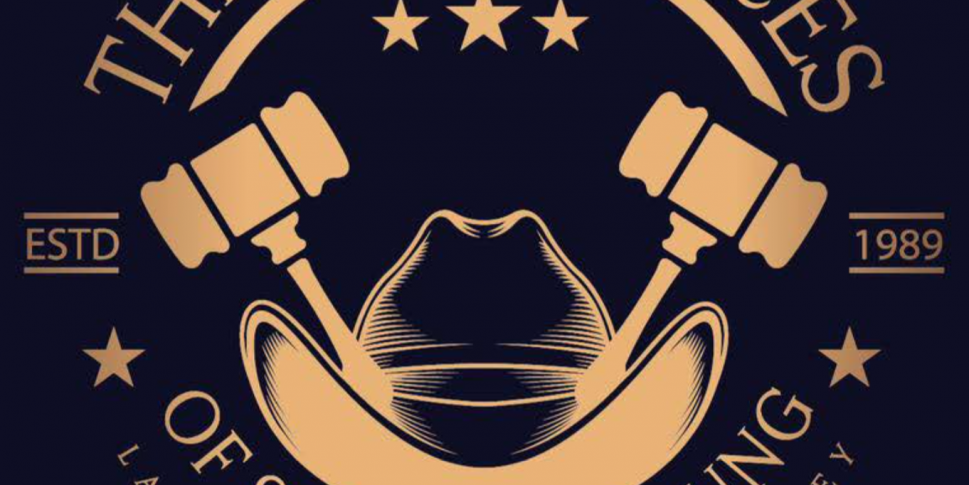A friend asked me, “What is your stock in trade?”
I answered, “Persuasion. Trial lawyers are merchants of persuasion.” My answer caused me to ponder a great deal on trial lawyers as “merchants of persuasion.”

Try defining “persuasion” without using the words “persuade” or “convince?”
My Definition of “Persuasion”
I define “persuasion” as “influencing perception.” The old saw from politics, “perception is reality” applies with a double portion in trial. The way jurors perceive you or your case, is their reality.
Recognizing this leads to the conclusion that trial is a “battle of influence.” Our weapons are the metaphors and frames we use to shape the jurors’ perception of our client and our client’s case. The reality we need to create is that our client acted exactly as the jurors would have. If the jury sees your case and your client in a way that is consistent with their principles, beliefs, and attitudes — you win. Understanding this truth underlying every trial will shape your approach to trial. You will be more nimble in your approach and not so controlling and compulsive in your preparation.
A. Jury Selection
If you don’t know what your jury’s composition is, what their beliefs and aspirations are, how can you possibly understand how best to persuade them to agree with your perception of reality? You must learn who your audience is before you can assemble your final trial strategy.
If influencing your jurors’ perceptions is the key dynamic in trial, how can you get locked into a presentation strategy before you know the attitudes and opinions of your various jurors whose perception will create the reality of trial?
Understanding this should shape your approach to voir dire. Jury selection, properly done, is not a process of elimination, it is an information gathering exercise. It is an exercise in creating relationships and emotional connection. It should be a group forming dynamic facilitated by the lawyer.
Persuasion begins at jury selection since if nothing else, the jury forms perceptions of the attorneys and which attorney they trust and like (meaning they select the attorney they will look to explain the case) and which attorney they distrust and dislike (meaning they will be reticent to accept anything coming from his mouth).
B. Opening Argument
That heading says what I mean. The greatest tool we have for persuasion is a powerful story told in a compelling way. Default to a cold recital of the facts and all you have given is a statement. Research from Uri Hasson of Princeton has demonstrated that the brain of a person hearing a story reacts as if part of the story, whereas a mere recital of facts activates predominately the “hearing” areas of the brain. The lesson is that we must tell compelling stories because that is persuasive with the jury neurologically.
Recently I tried a case that ran for six weeks. In many trials, jurors are disappointed if conflicts arise that take them out of the jury before the end of trial, but they don’t let the trial get in the way of their life. This trial was different. Jurors rebooked vacations to remain on the jury. One juror had a seriously ill sister and when asked if he wanted to be excused from the jury, he said, “I can see her during the weekend, this is the most important thing I have to do right now.” Do you think the jurors would have responded like that if the case was boring or they felt detached from the process? The Opening Argument is the second opportunity to influence the jurors’ perceptions of your reality.
C. Closing Statement
However you decide to approach your last opportunities to talk to the jury, the perceptions have been set before you stand up. The reality is already solidified. By the time of close, you are not changing anyone’s mind. Close is the time to supply the tools to favorable jurors to preserve your verdict and to make sure it is “just” for your perception.
My Suggestion of an Unlikely Source to Make You More Persuasive
I study marketing. After all, aren’t we in the business of marketing our case to 12 people in every trial? The persuasion techniques that work in advertising and marketing are the same techniques we can use with power in trial.
I learned of a great book named 26 Ways to Screw-Up In Business and How Not To by William Fawcett. It is an engaging, well written, and entertaining book that offers 26 commandments for persuasion. Examples are: “Thou shalt not fish for tunas in a lake,” and “Thou shalt not sell Texaco milk.”
I recommend this book to you for several reasons:
- The “commandments” are memory hooks that will stick in your memory. As trial lawyers, we need to learn to create the memory hooks that our jurors will carry with them into the jury room. Remember the phrase, “If it doesn’t fit, you must acquit?” Johnny Cochrane spoke those words almost 20 years ago, yet they are emblazoned in our popular language now.
- The book contains great little illustrative snippets that are an attorney’s stock in trade when a pithy illustration is needed. For example, Mr. Fawcett talks about not letting other people define us. He quotes Henry Ford as saying, “If I had asked people what they wanted, they would have said faster horses.”
- Much of what Mr. Fawcett writes about is how to sell, which is persuasion.
Check out the book. I’d love for you to share your feelings about it with me.



